Welcome to the world of sustainable interior design, where style meets responsibility in the most harmonious of ways. Whether you’re taking your first steps into the realm of home decoration or you’re a seasoned stylist looking to infuse more eco-consciousness into your projects, this approach offers a treasure trove of possibilities that marry aesthetic appeal with environmental mindfulness.
Sustainable design isn’t just a trend—it’s a necessity in our ever-changing world where each choice we make can have a lasting impact. This article will guide you through the essentials of creating a home that is not only beautiful but also kind to our planet, offering practical tips and inspiring ideas for every room.
From selecting materials that minimize environmental impact to incorporating timeless pieces that stand the test of time, you’ll discover how to transform your living spaces into sanctuaries of sustainability. We’ll explore everything from the benefits of upcycling to the charm of energy-efficient lighting, ensuring that your home reflects both your personal style and your commitment to a healthier Earth. Let’s embark on this enriching journey together, where every detail counts and every choice contributes to a more sustainable future.
Understanding Sustainable Design Principles
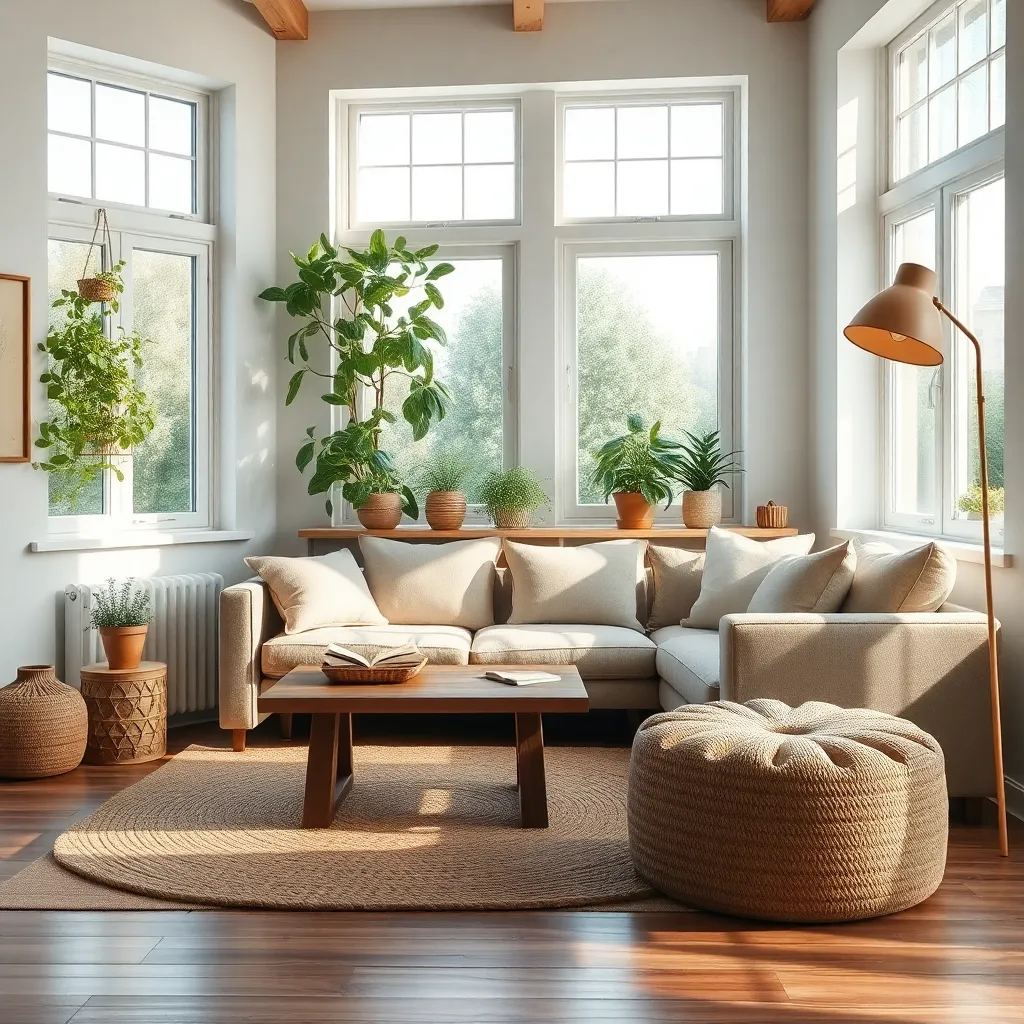
Embracing sustainable design principles starts with choosing eco-friendly materials for your interiors. Opt for furniture made from reclaimed wood or bamboo, as these materials are renewable and often more durable than conventional options.
Another key principle is to focus on energy efficiency within your design. Consider installing LED lighting and using smart home systems to reduce energy consumption, which not only benefits the environment but also lowers utility costs.
Incorporating natural elements can enhance sustainability while adding aesthetic appeal. Utilize plants as a design feature to improve air quality and select natural fibers like wool, cotton, or linen for textiles to create a cozy, sustainable atmosphere.
For a more advanced approach, consider the life cycle of the products you choose. Look for furniture and decor items that are designed to be easily disassembled and recycled, ensuring they have a minimal environmental impact even at the end of their use.
Choosing Eco-Friendly Materials Wisely
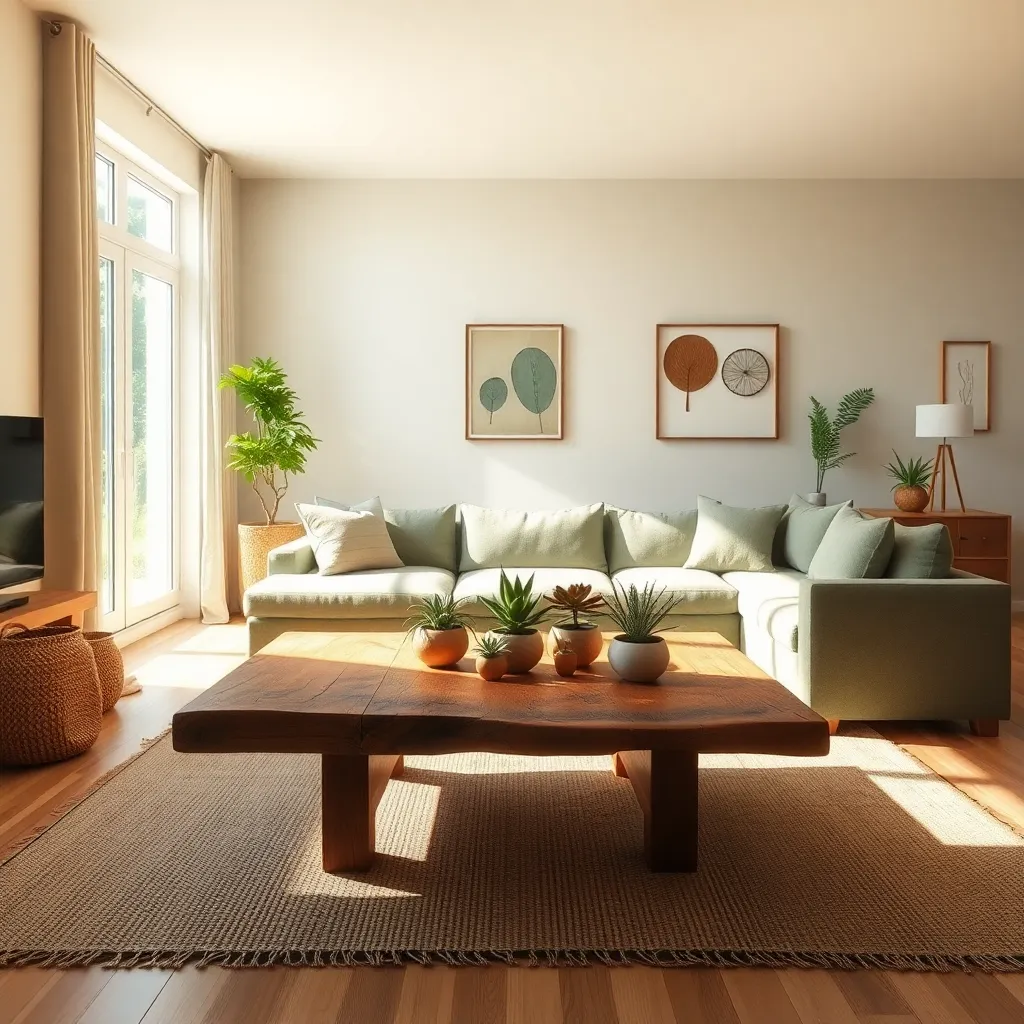
When selecting eco-friendly materials, it’s essential to consider their impact on both the environment and your living space. Opt for natural materials like bamboo, reclaimed wood, and cork, which are not only sustainable but also add warmth and texture to your home.
Consider the durability and longevity of the materials you choose, as this reduces the need for frequent replacements. Investing in high-quality, eco-friendly furniture made from certified sustainable sources can save you money in the long run and lessen your carbon footprint.
Look for products with low volatile organic compound (VOC) emissions to ensure good indoor air quality. Paints, stains, and sealants are available in low-VOC options, providing a healthier environment without compromising on style or color.
For those seeking a more advanced approach, consider incorporating recycled materials in your design. Recycled glass countertops or tiles
Incorporating Energy-Efficient Lighting Solutions
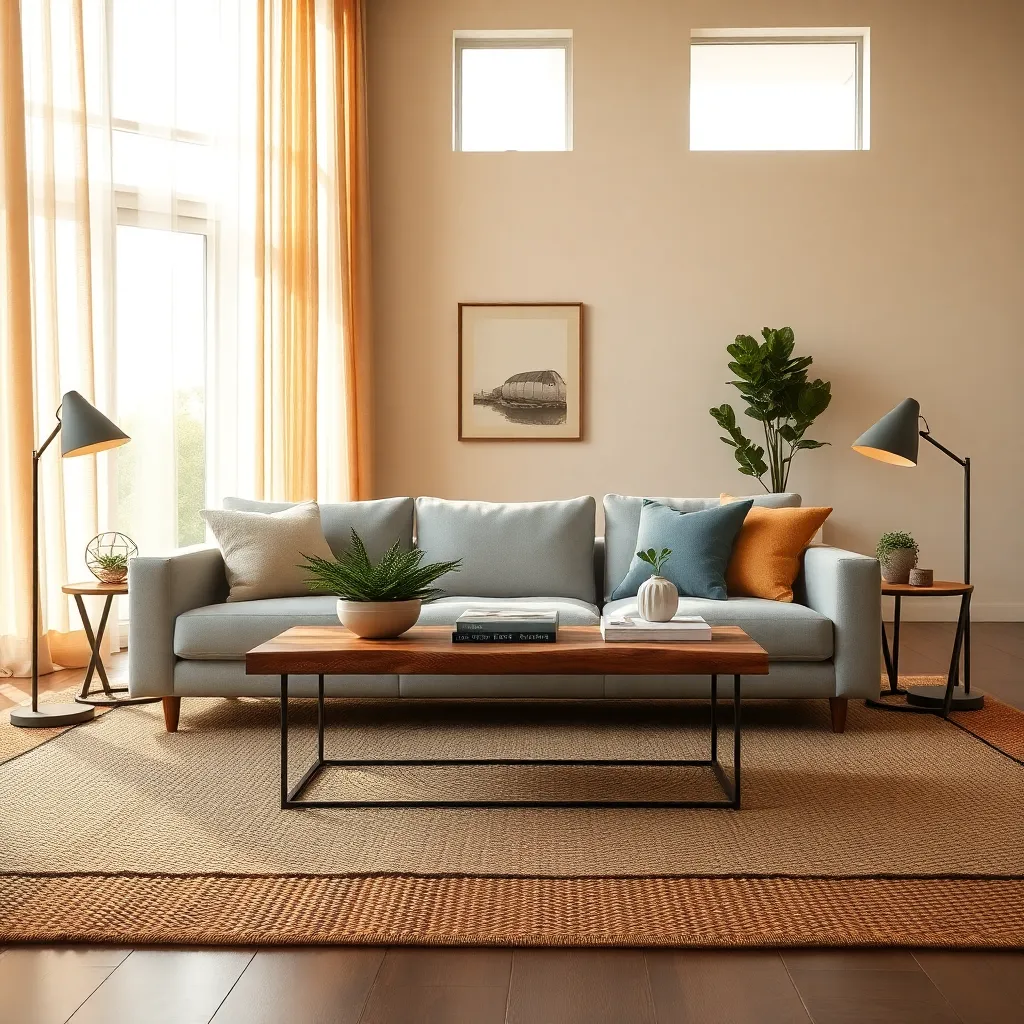
To create a sustainable living space, one of the most impactful changes you can make is incorporating energy-efficient lighting solutions. These not only reduce your home’s energy consumption but also enhance the overall ambiance, providing a win-win for both the environment and your aesthetic goals.
Begin by selecting LED bulbs, as they use up to 75% less energy compared to traditional incandescent bulbs. Available in a variety of color temperatures, LED lights can be tailored to your desired ambiance, from warm and cozy to bright and invigorating.
Consider layering your lighting to achieve both functionality and style. Use a combination of ambient, task, and accent lighting to create a balanced and dynamic environment; for instance, install dimmable overhead lights for general illumination, focused pendant lights over your kitchen island for tasks, and sleek wall sconces to highlight art pieces or architectural features.
For beginners, starting with smart bulbs offers a simple yet effective entry into energy-efficient lighting. These bulbs can be controlled via apps or voice commands, allowing you to easily adjust light levels and schedules for optimal energy savings.
Advanced decorators can explore integrating solar-powered lights, especially in spaces that receive ample natural light. Solar options can be ideal for exterior lighting solutions, providing sustainable illumination for gardens and pathways, all while reducing reliance on the grid.
Maximizing Natural Light and Ventilation
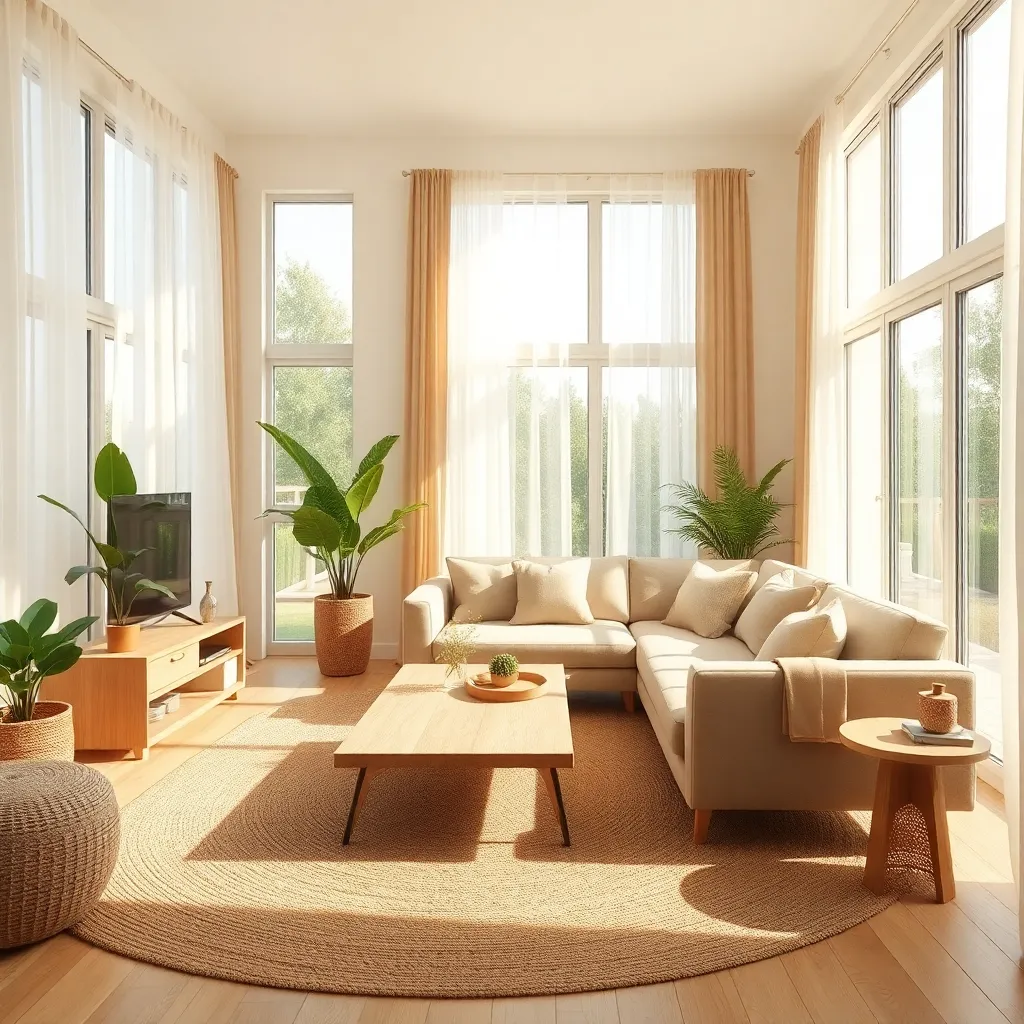
Maximizing natural light in your home not only enhances the aesthetic appeal but also reduces the need for artificial lighting, conserving energy. To achieve this, consider using light-colored, sheer curtains that allow sunlight to filter through while maintaining privacy.
Strategic placement of mirrors can amplify the amount of sunlight entering a room. Position mirrors opposite windows to reflect light deeper into your space, creating a brighter and more inviting atmosphere.
Furniture selection plays a crucial role in optimizing both light and ventilation. Opt for pieces with slim profiles and elevated legs to allow light to pass underneath and air to circulate freely.
Incorporating greenery indoors can also aid in improving air quality while adding a vibrant touch. Choose plants such as snake plants or peace lilies that thrive in indirect sunlight and are known for their air-purifying properties.
- Paint walls with light hues such as soft whites or pastel shades to enhance light reflection.
- Install operable windows or skylights to facilitate natural ventilation, especially in areas like kitchens and bathrooms.
- Consider using glass doors or partitions to allow light to flow between rooms without compromising privacy.
Selecting Sustainable Furnishings and Decor
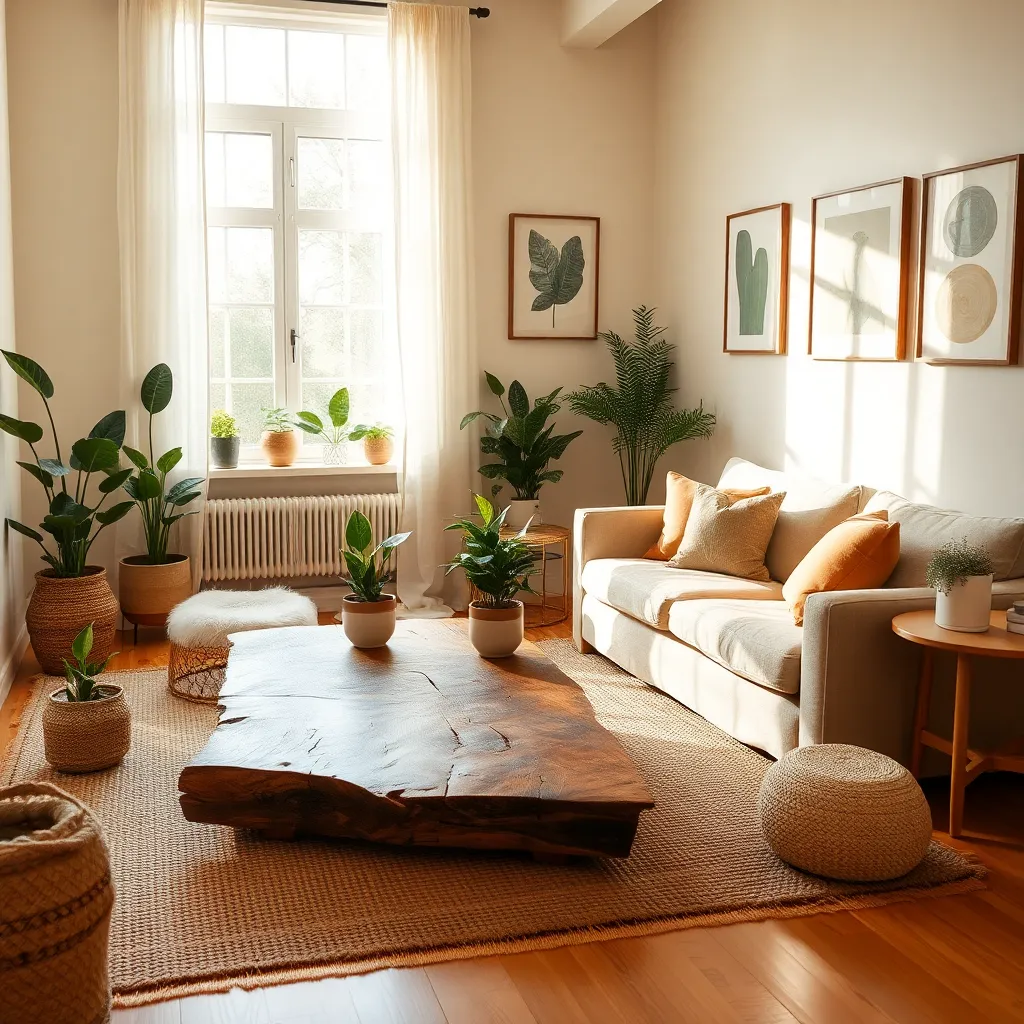
When selecting sustainable furnishings and decor, consider pieces made from reclaimed or recycled materials. These options not only reduce waste but also add a unique character to your space, making each piece a story on its own.
Opt for furniture crafted from sustainably sourced wood which is often certified by organizations like the Forest Stewardship Council (FSC). This choice ensures that the wood comes from responsibly managed forests that provide environmental, social, and economic benefits.
Choosing textiles made from natural fibers like organic cotton, linen, or hemp can significantly reduce your environmental impact. These materials are biodegradable and often require less energy and water to produce compared to synthetic options.
Incorporate decor items that serve multiple functions, such as a storage ottoman that doubles as extra seating. This approach maximizes utility while minimizing the need for additional resources and space.
For advanced decorators, consider incorporating vintage or antique furniture to add a touch of history and sustainability to your home. These pieces often boast superior craftsmanship and longevity, making them a worthwhile investment for both style and sustainability.
Finally, focus on a color palette that complements the natural materials in your furnishings, using earthy tones like greens, browns, and soft neutrals. This creates a harmonious and calming environment that enhances the sustainable ethos of your decor.
Conclusion: Growing Success with These Plants
In our journey through “Sustainable Interior Design,” we’ve explored five pivotal relationship concepts: the importance of clear communication, the role of mutual respect, the power of empathy, the significance of shared values, and the impact of compromise. Each concept serves as a foundational pillar for creating a nurturing and enduring partnership. As you reflect on these insights, consider taking an immediate step by having an open and honest conversation with your partner about one area where you both can grow together. Whether it’s revisiting shared goals or expressing gratitude, this small action can strengthen your bond.
We encourage you to save or bookmark this article as a valuable resource, allowing you to revisit these concepts whenever you need a gentle reminder or inspiration. By actively incorporating these principles into your relationship, you’re setting the stage for a future filled with understanding and love. Remember, every relationship is a work in progress, and with dedication, you can craft a beautiful and lasting connection that stands the test of time. Here’s to building a relationship that not only survives but thrives—one thoughtful step at a time.
